Machu Picchu
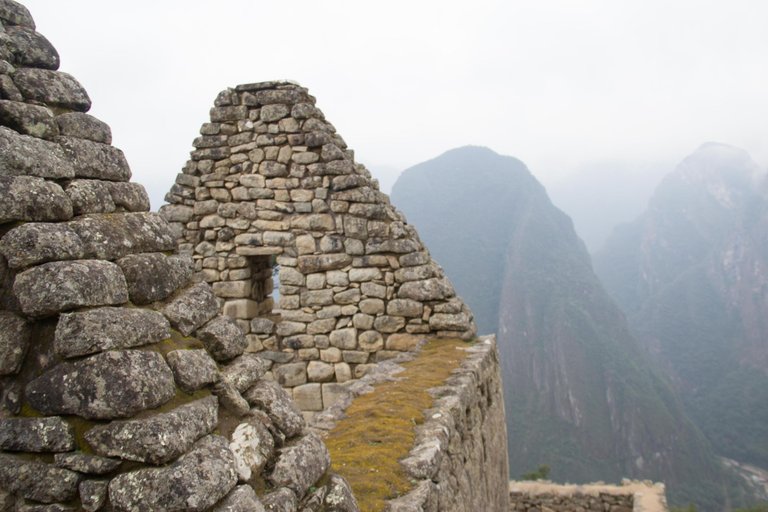
After all the long journey, which included a few hours on the road and then others by train, queuing and everything one can imagine being in places with high tourist traffic, we were finally at the top entering to contemplate part of the vestiges of a civilization that 500 years ago splendidly inhabited that place.
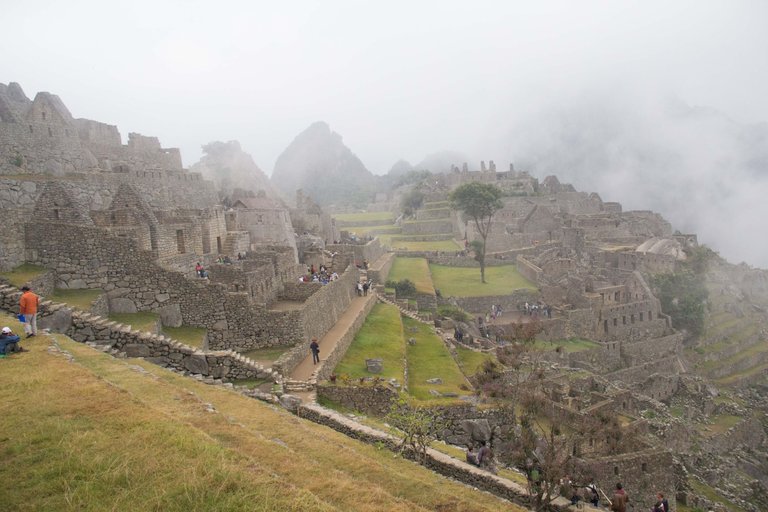
I cannot deny that reaching Machu Picchu was one of my earliest youthful dreams, I can still remember the old book about the Incas that was in my house, with photos of ceramics and gold jewelry where the cover, of course, was Machu Picchu. Masterpiece of architecture originating from the American continent.
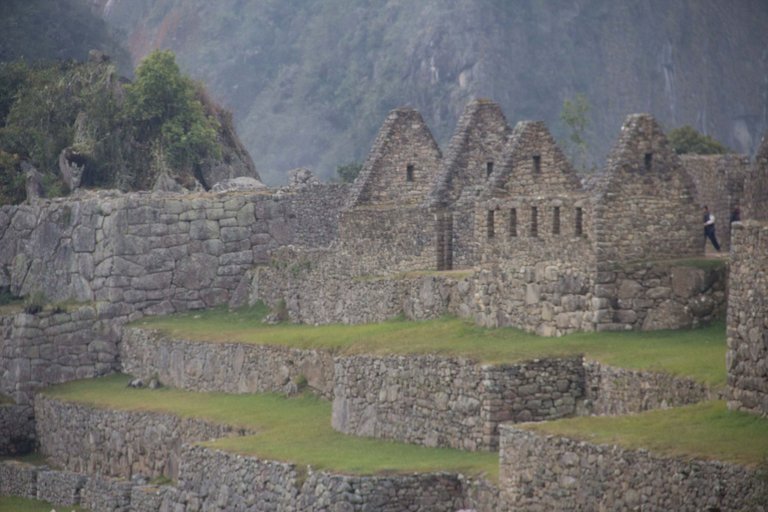
And this is probably the most impressive thing at first sight when entering the archaeological complex, the panoramic view of the citadel, hidden between those mountains, with an architectural style present in the city of Cusco and in the sacred valley, but away from the context and the colors of the Andean highlands.
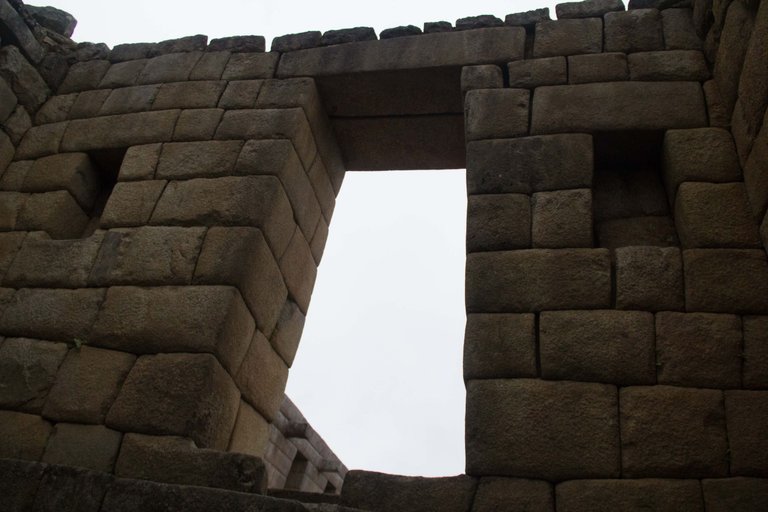
And so was its original use, a place dedicated to the noble class, with sites for ritual use, such as the magnificent ceremonial baths, and also a place for astronomical observation and agricultural research, with an important level of autonomy.
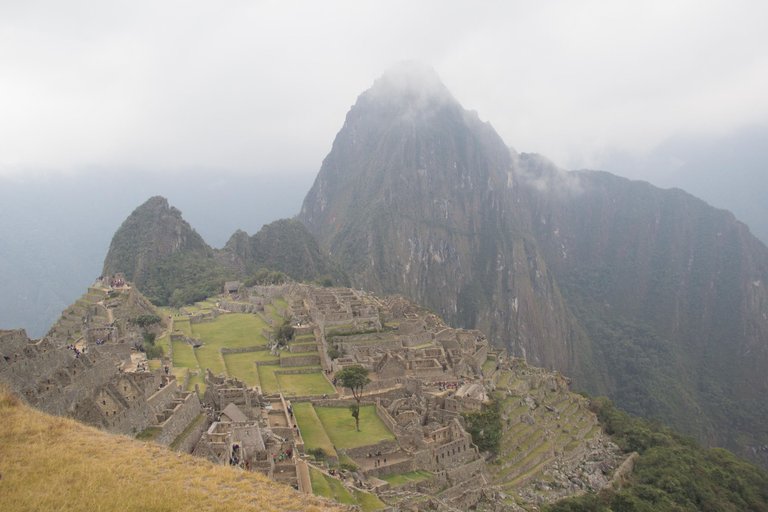
Its remote location kept it relatively unaware of Western contact and the material ruin of the process of conquest and subsequent establishment of the colonial regime.
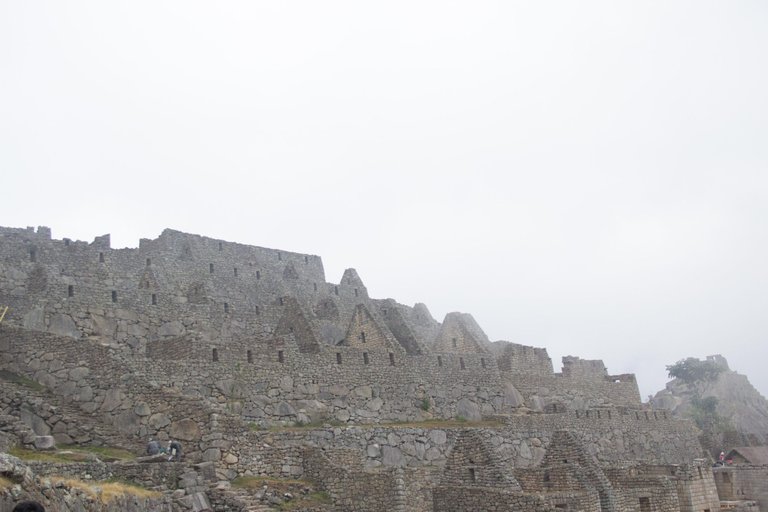
And although the official and most repeated story tells that it was until the beginning of the 20th century, specifically in 1912, when the already legendary and controversial expedition of the North American explorer attached to Yale University, Hiram Bingham, it is known that other Europeans and Peruvians from Cusco, had been visiting the ruins for at least 49 years before the North American explorer.
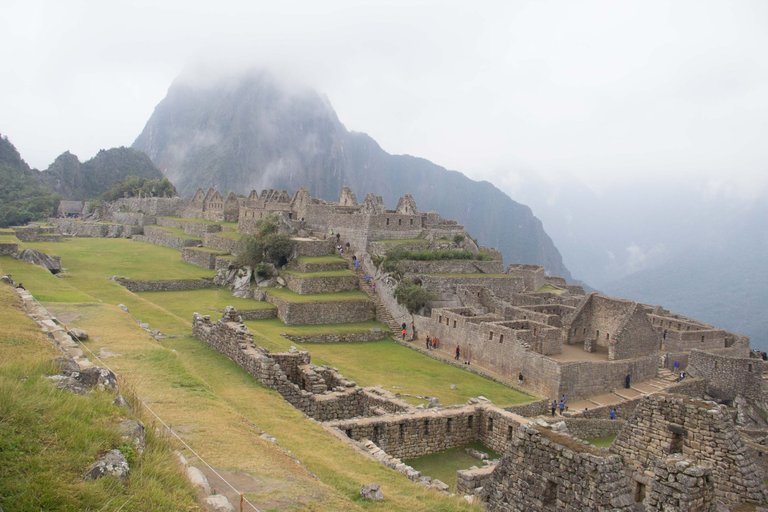
However, this last incursion meant the new "discovery" or the new conquest, this time of the modern West, on one of the last Inca citadels.
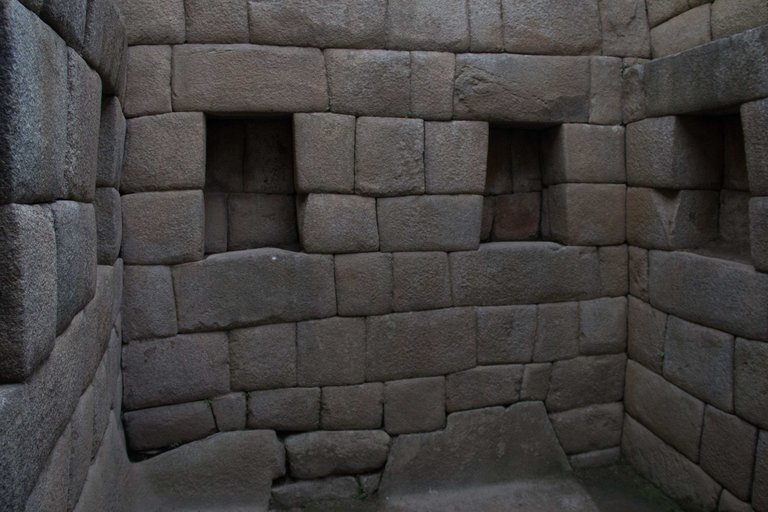
Bingham had the privilege of systematically accessing and collecting and photographing various types of material evidence of high heritage value and of vital importance for the subsequent study of the legacy of the Inca culture for scientific purposes.
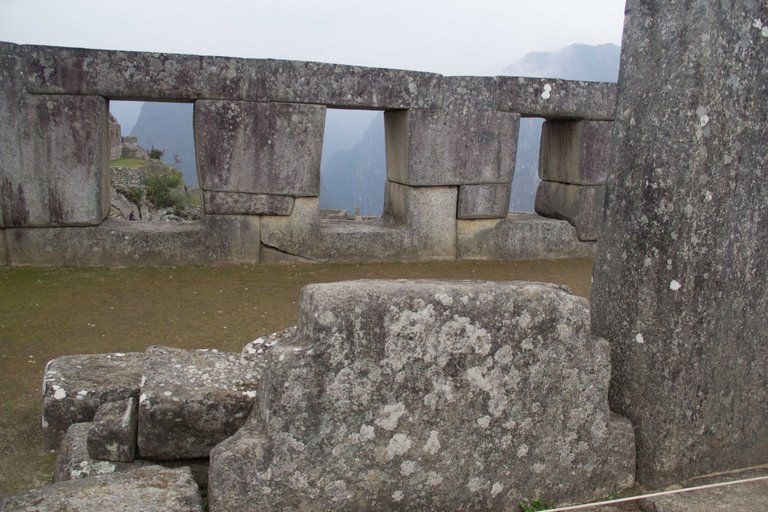
Some of the photographs show in detail the impressive stone finishes, carved to perfection, demonstrating an incredible mastery of these construction techniques that today are still considered, at the same time, marvels of engineering and architecture.
Español
Machu Picchu
Después de todo el largo trayecto, que incluían unas cuantas horas en carretera y luego otras más en tren, formación de filas y todo lo que uno puede imaginar al estar en lugares de alto tránsito turístico, al fin estábamos en la cima entrando a contemplar parte de los vestigios de una civilización que hace 500 años habitaba esplendorosamente ese lugar.
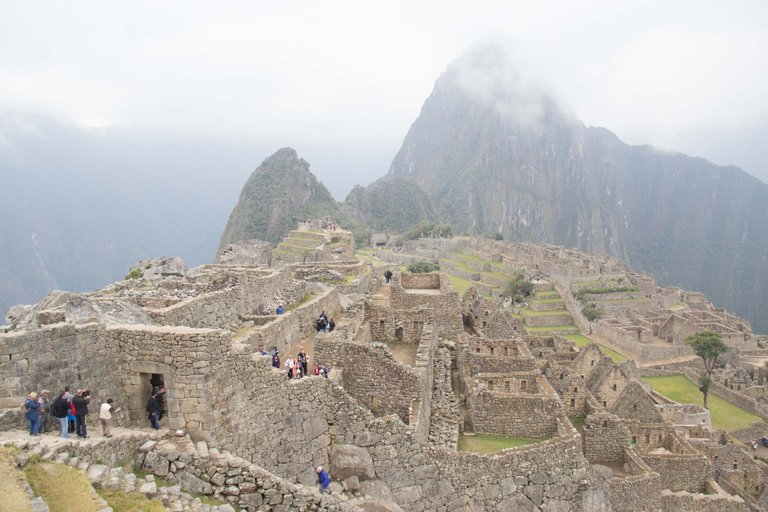
No puedo negar que llegar a Machu Picchu era uno de mis sueños juveniles más tempranos, aún puedo recordar el viejo libro sobre Los Incas que había en mi casa, con fotos de cerámica y joyería de oro dónde la portada, por supuesto era Machu Picchu. Obra maestra de la arquitectura originaria del continente Americano.
Y esto es probablemente lo más impactante a primera vista al entrar al complejo arqueológico, la panorámica de la ciudadela, escondida entre esas montañas, con un estilo arquitectonico presente en la ciudad de cusco y en el valle sagrado, pero alejada del contexto y los colores del altiplano andino.
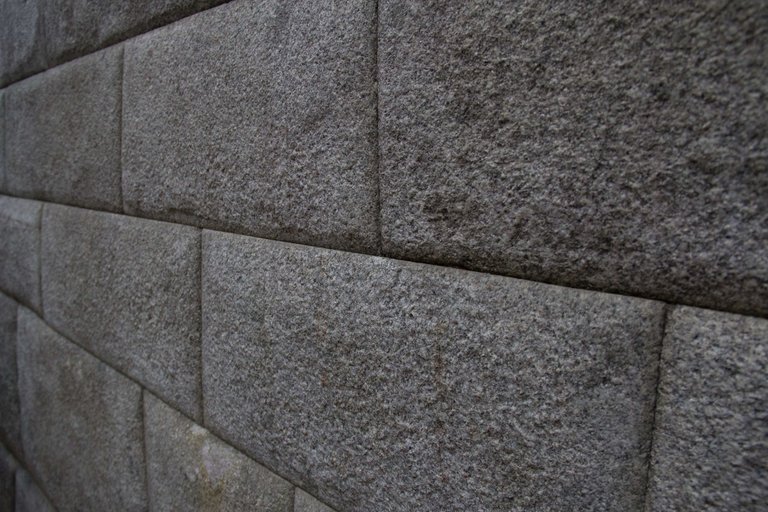
Y así fue su uso originario, un lugar dedicado a la clase noble, con sitios de uso ritual, cómo los magníficos baños ceremoniales, y también lugar de observación astronómica e investigación agricola, con un importante nivel de autonomía.
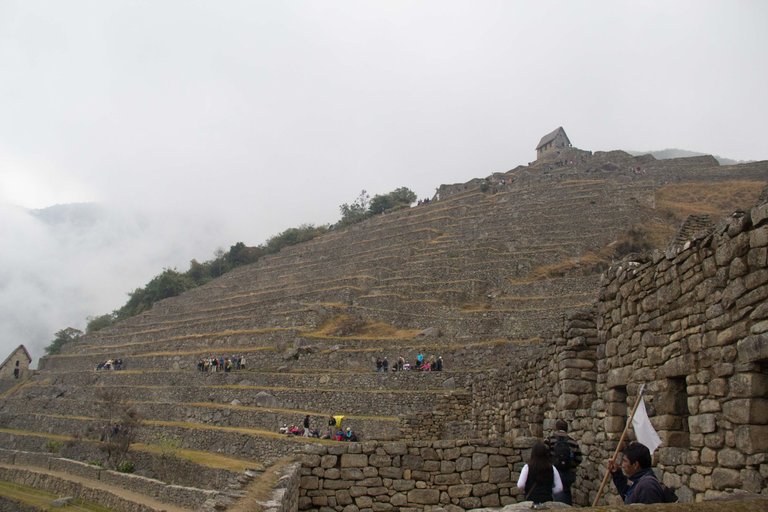
Su ubicación lejana, la mantuvo relativamente ignorada del contacto occidental y la ruina material del proceso de conquista y posterior instauramiento del régimen colonial.
Y aunque la historia oficial y más repetida cuenta que fue hasta principios de siglo XX, específicamente en 1912, cuando la ya legendaria y polémica expedición del explorador norteamericano adscrito a la universidad de Yale, Hiram Bingham, se sabe que ya otros europeos y peruanos de cusco, ya visitaban las ruinas desde al menos 49 años antes del explorador norteamericano.
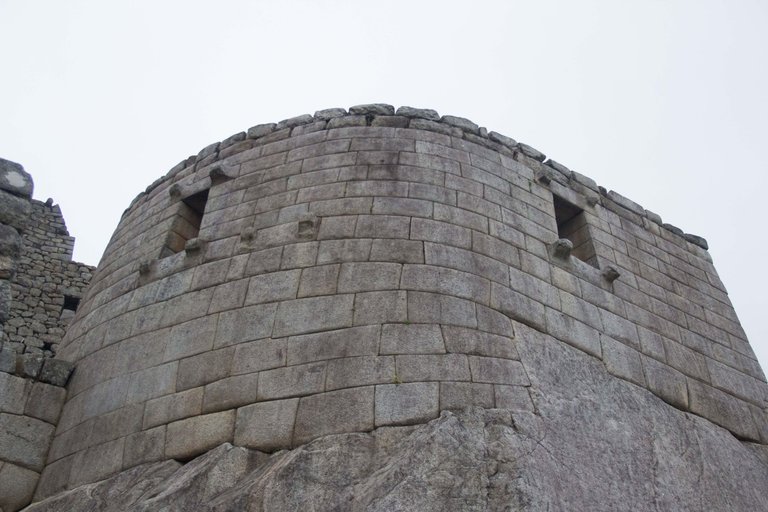
Sin embargo, esta última incursión, significó el nuevo "descubrimiento" o la nueva conquista, esta vez del occidente moderno, sobre una de las últimas ciudadelas Incas.
Bibgham tuvo el privilegio de acceder y recolectar y fotografiar de manera sistemática y con fines científicos, varios tipos de evidencias materiales de alto valor patrimonial y de vital importancia para el posterior estudio del legado de la cultura Inca.
Algunas de las fotografías dejan en evidencia en detalle los impresionantes acabados en piedras, tallados a la perfección, demostrando un increíble dominio de estas técnicas constructivas que hoy en día se siguen considerando, al mismo tiempo, maravillas de la ingeniería y la arquitectura.
Your content has been voted as a part of Encouragement program. Keep up the good work!
Use Ecency daily to boost your growth on platform!
Support Ecency
Vote for new Proposal
Delegate HP and earn more